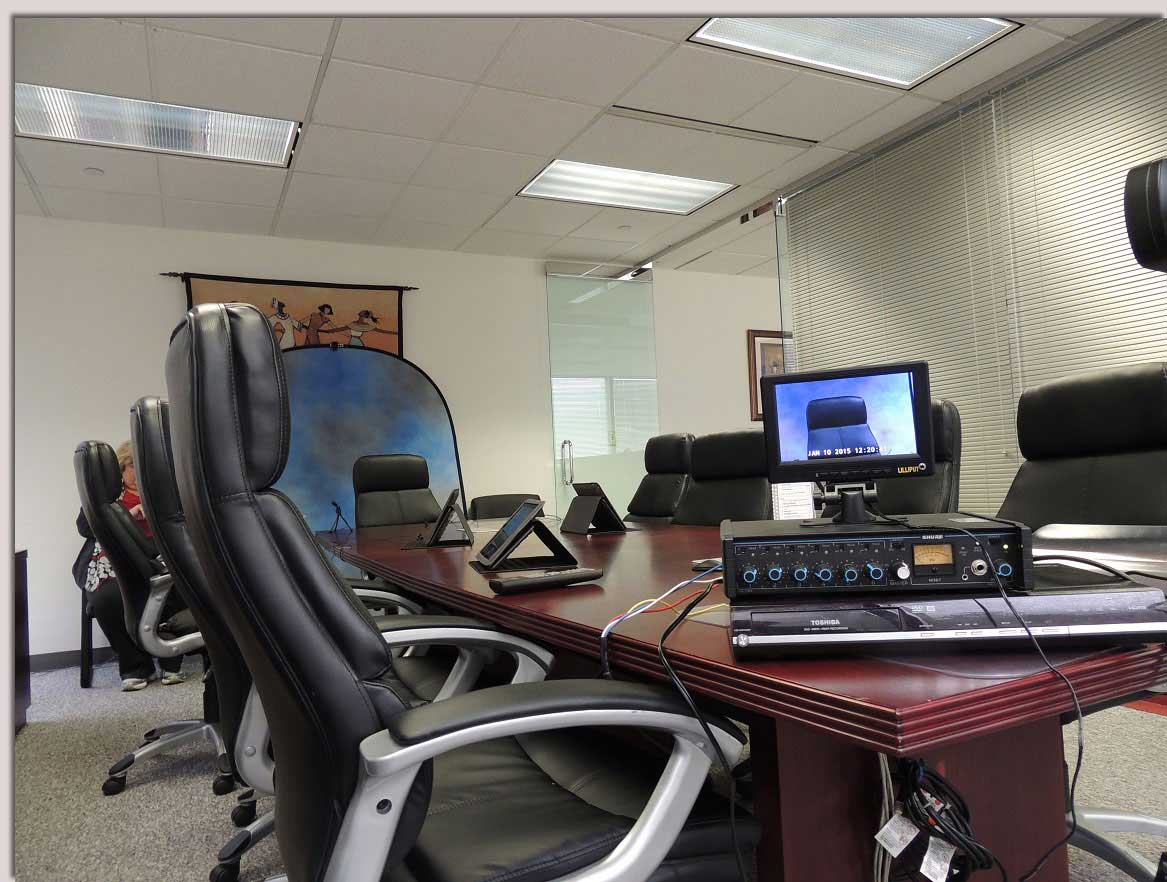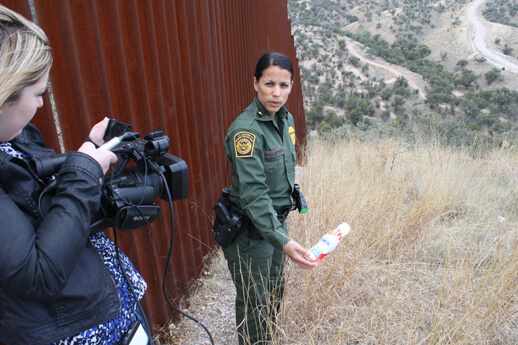How Legal Videography Improves Court Presentations and Evidence
Wiki Article
Exploring the Mechanisms of Lawful Videography: Introduction Its Procedure in Shielding Genuine Aesthetic Testimony for Judicial Procedures
In the realm of judicial process, the duty of legal videography stands as a keystone in protecting and presenting aesthetic evidence. As modern technology continues to development, the systems behind lawful videography have actually become significantly complex, supplying an important layer of credibility to testimonies recorded on video clip. By delving right into the operational ins and outs of legal videography, one can discover the precise processes that guard the honesty of aesthetic proof presented in court rooms - Legal Videography. This expedition not just clarifies the historical development of legal videography yet also means the future patterns that may better reinvent how aesthetic testaments are supported in the world of justice.Historic Evolution of Lawful Videography
Taking a look at the historical development of lawful videography reveals a significant improvement in the recording and presentation of aesthetic proof within the legal landscape. In the past, legal proceedings heavily relied upon created pictures and records to document occasions and supply proof. Nevertheless, with the development of video innovation, the legal industry experienced a paradigm change in how visual testament was caught and presented.The advancement of legal videography can be traced back to the late 20th century when improvements in video recording tools made it extra available for usage in courts. This technological development not just boosted the precision and integrity of aesthetic evidence but also transformed the way cases were offered to juries and judges (Legal Videography). Attorneys started to acknowledge the persuasive power of video recordings in communicating feelings, nuances, and non-verbal signs that created photos or records alone can not record successfully

Technology Innovations in Video Clip Documentation
What essential technical developments have transformed video paperwork in the lawful area? The legal field has seen substantial improvements in video clip paperwork modern technology that have actually improved the credibility and integrity of visual proof in judicial procedures. Among the key advancements is high-definition (HD) video recording capabilities, which provide crystal-clear images and sharp details that are essential for properly capturing testimonies, faces, and other aesthetic hints. In addition, the integration of timestamping and metadata attributes in video paperwork devices has actually made it possible for exact documentation of when and where the video was taped, guaranteeing the honesty of the proof provided in court.Additionally, advancements in video clip encryption and watermarking technologies have boosted the safety and tamper-proof nature of video clip proof, securing it against unapproved modifications or meddling. The advent of cloud storage remedies and remote accessibility capacities has streamlined the storage space, retrieval, and sharing of video evidence, facilitating smooth partnership amongst legal specialists and ensuring reliable access to vital aesthetic testaments when required. These technological improvements in video paperwork have unquestionably reinvented the legal area, enhancing the accuracy, credibility, and admissibility of visual proof in judicial process.
Role of Lawful Videographers in Court Room Settings
The development of video clip documents modern technology in the legal field has necessitated an important duty for legal videographers in court room setups, making certain the honesty and dependability of aesthetic testimonies provided during judicial procedures. Legal videographers play a fundamental duty in catching check that and maintaining exact visual evidence that can be critical in lawsuit. Their obligation expands to establishing equipment, recording proceedings, and producing top notch videos that precisely mirror the events in the court room.
In addition, lawful videographers typically function very closely with lawful groups to ensure that the video clip proof straightens with the case's requirements and can be effectively presented in court to support the legal debates being made. Generally, the duty of lawful videographers in court room settings is indispensable in promoting the concepts of top article justice and ensuring the transparency of legal process. Legal Videography.

Ensuring Admissibility and Honesty of Video Evidence
To keep the integrity of aesthetic evidence provided in legal procedures, ensuring the admissibility and integrity of video clip evidence is an important obligation for legal videographers. Admissibility describes the acceptance of evidence by the court, and for video clip proof to be permissible, it needs to satisfy particular criteria. Lawful videographers play an essential duty in making certain that the video clips they capture conform with the policies of evidence, such as authenticity, importance, and integrity.Integrity of video clip evidence entails keeping the originality and precision of the footage from the time it is videotaped until it exists in court. This consists of securely keeping the video clip documents, recording the chain of custodianship, and protecting against any type of tampering or changes. Legal videographers need to abide by stringent protocols to guarantee the honesty of the video evidence and avoid any kind of challenges to its authenticity.
Future Trends in Legal Videography
useful content Provided the boosting dependence on technology in legal proceedings, lawful videographers are poised to welcome cutting-edge innovations shaping the future of aesthetic testament capture and presentation. One of the prominent patterns imminent is the combination of online reality (VR) and boosted truth (AR) technologies into legal videography. These modern technologies have the possible to change exactly how visual evidence exists in court rooms, enabling courts and judges to immerse themselves in the scene of the crime or incident.Furthermore, using expert system (AI) formulas for video clip evaluation is expected to improve the procedure of examining and assessing large quantities of video footage. AI can help in identifying crucial moments, anomalies, and patterns within videos, enhancing the effectiveness of legal investigations.

Verdict
To conclude, legal videography has played an essential duty in supplying authentic visual evidence for judicial procedures. With technical innovations and the knowledge of legal videographers, the stability and admissibility of video clip proof are guaranteed in courtroom setups. As legal videography remains to advance, it will be essential to promote requirements that keep the precision and dependability of aesthetic statement for the future of legal process.Examining the historic progression of lawful videography exposes a considerable improvement in the catching and presentation of aesthetic proof within the legal landscape.The development of video clip paperwork innovation in the lawful field has demanded a crucial role for lawful videographers in court setups, guaranteeing the honesty and reliability of aesthetic statements offered during judicial process. In addition, lawful videographers often function very closely with legal teams to make sure that the video evidence lines up with the situation's demands and can be successfully offered in court to support the legal arguments being made.To maintain the trustworthiness of aesthetic evidence presented in legal process, making certain the admissibility and stability of video evidence is an important obligation for legal videographers. As legal videography proceeds to advance, it will certainly be essential to maintain criteria that keep the precision and reliability of aesthetic testimony for the future of lawful proceedings.
Report this wiki page